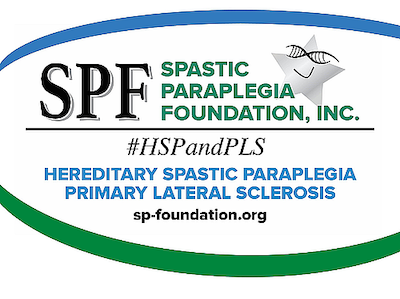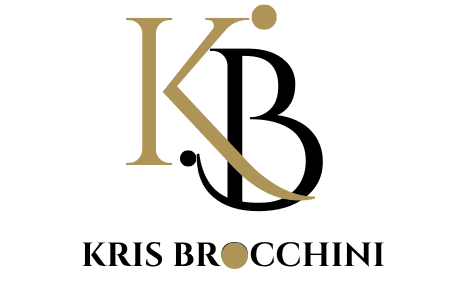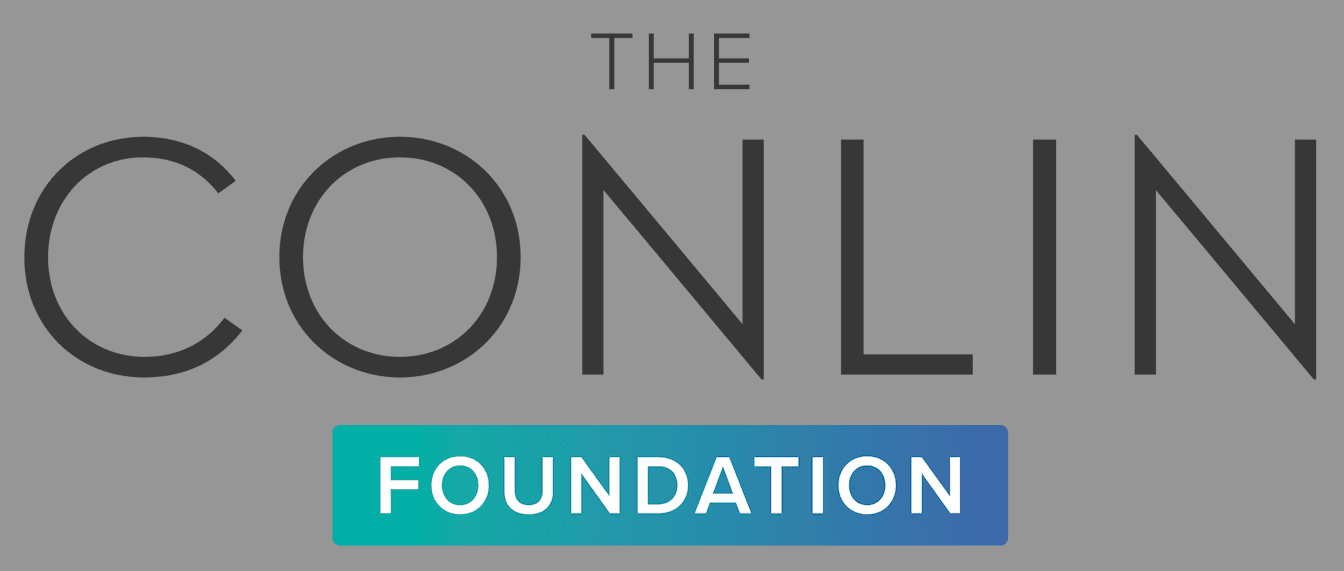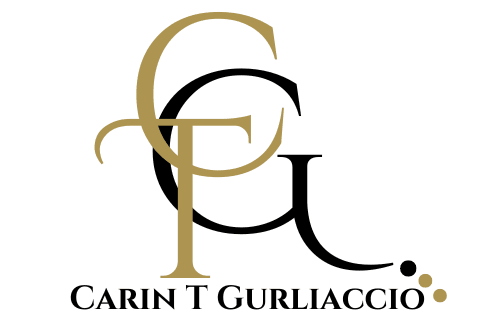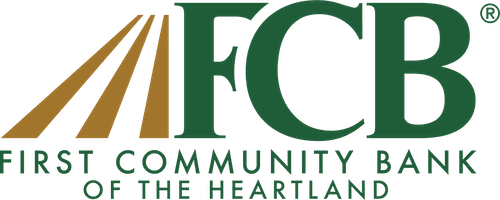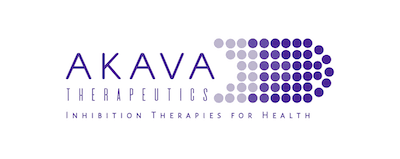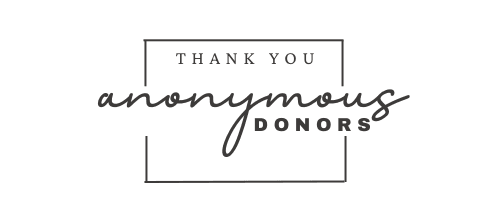Amid national angst over the cost of prescription drugs, a new analysis finds that U.S. consumers and insurers last year paid anywhere from two to four times as much for 20 brand-name medicines than what were paid in Australia, Canada, and France.
For instance, the cost for a one-month supply of the Xarelto, which is used to combat blood clots, was $272 in the U.S. for those with some form of health insurance, but between $64 and $78 in the other countries. A three-month supply of the Imbruvica cancer pill cost an estimated $13,809 in the U.S., while cancer patients in the other three countries paid between $6,011 and $7,120.
Although out-of-pocket costs can vary widely, the Government Accountability Office analysis also found that the average cash price some Americans paid for 20 tablets of the Xarelto blood thinner at 15mg strength was $558.33 in the U.S. , cost $85.44 in Canada, $28.09 in Australia and just $23.29 in France. In making these comparisons, the GAO cited prices found on GoodRx.
The findings underscore key differences between the U.S. and other countries, many of which have universal prescription drug coverage that relies on centralized price negotiations with drug makers. By contrast, the U.S. largely has a decentralized system resulting in multiple prices that are paid by different insurers and other payers for each drug.
The GAO evaluated Medicare Part D spending to identify the medicines that generated the largest expense and greatest use, but noted that publicly available data for the three other countries were gross prices that did not reflect potential discounts. As a result, the actual differences between U.S. prices and what was paid by Australia, Canada and France were likely much larger than GAO estimates.
The report was released as prescription drug pricing remains a flashpoint as surveys regularly find many Americans have difficulty affording prescriptions. Yet Washington has repeatedly failed to tackle the problem. Not surprisingly, the GAO report was used by one prominent lawmaker as an opportunity to urge the Biden administration to make a greater effort to push for legislation.
“The time is long overdue for the United States to do what every major country on earth does: negotiate with the pharmaceutical companies to lower the outrageous price of prescription drugs,” Sen. Bernie Sanders, who had asked the GAO to conduct the analysis, said in a statement. “We can no longer tolerate the American people paying, by far, the highest prices in the world for prescription drugs.”
The House has passed a bill, known as H.R. 3, which would allow the government to negotiate prices on a minimum of 50 medicines, and up to 250 brand-name drugs, on which the U.S. health system spends the most money. To facilitate this process, the bill — which was reintroduced last week — would create an index tying the price that Medicare pays for some drugs to those paid by other countries.
The notion is vigorously opposed by the pharmaceutical industry.
“International benchmarking is a mirage, especially when applied to a small—but politically unpopular—slice of U.S. healthcare spending. The U.S. spends more than twice as much per capita on healthcare as other countries. But the primary drivers of U.S. healthcare spending are hospital payments and physician salaries,” said Adam Fein of Drug Channels Institute, who studies pharmaceutical economics and the supply chain.
“That’s why prescription drugs are a smaller share of our healthcare costs compared with other countries’ spending. Even so, the U.S. is leading the development of the next generation of treatments. As the report shows, pharmaceutical R&D as a share of gross domestic product is more than 10 times greater in the U.S. compared with Australia, Canada, and France.”
We asked the Pharmaceutical Research & Manufacturers of America, the trade group, about the GAO report, but the organization declined to comment.
Given the opposition, the reference pricing provision in H.R. 3 cannot pass the Senate, according to Cowen analyst Rick Weissenstein. Instead, the betting is that some version of a drug pricing bill generated by the Senate Finance Committee, which has a degree of bipartisan support, is the more likely outcome.
Meanwhile, drug pricing remains politically combustible. For instance, 35% of those who take four or more prescription medicines reported that cost was an issue and three in 10 acknowledged not taking a medicine during the previous year due to cost, according to a Kaiser Family Foundation poll in 2019. It is not clear the extent to which Biden will address prescription drug pricing in his State of the Union Speech tonight.

